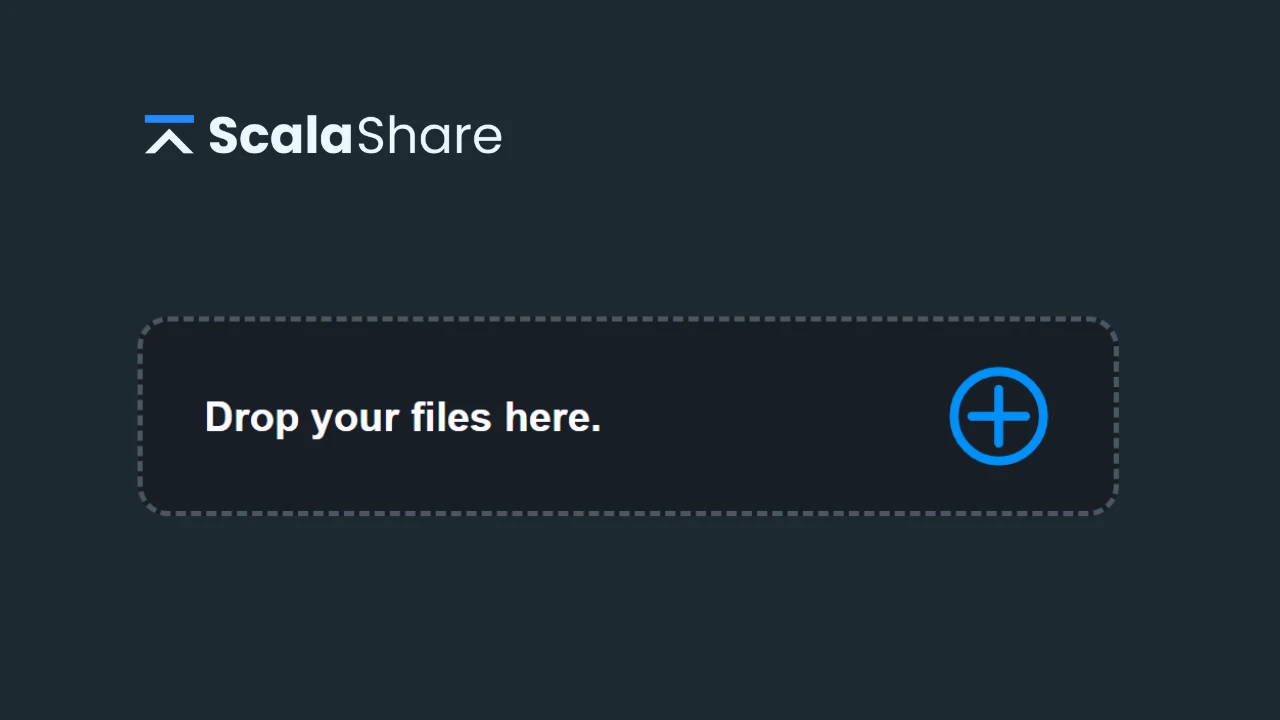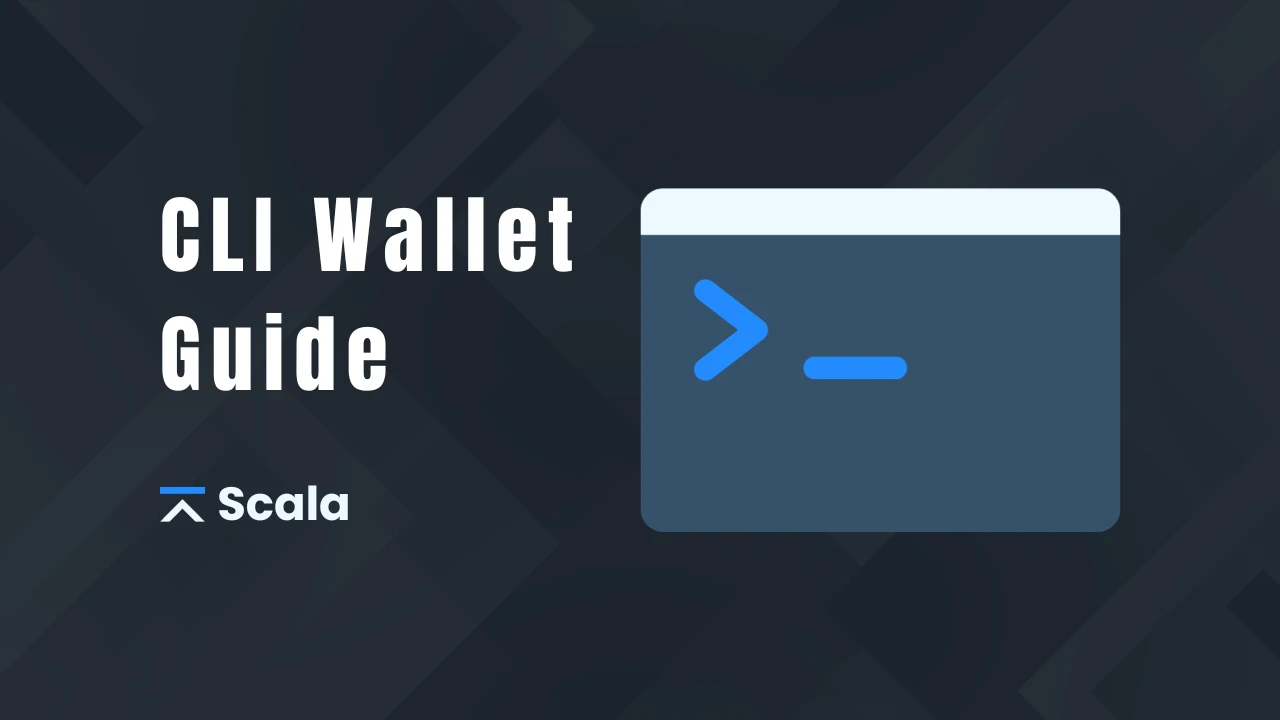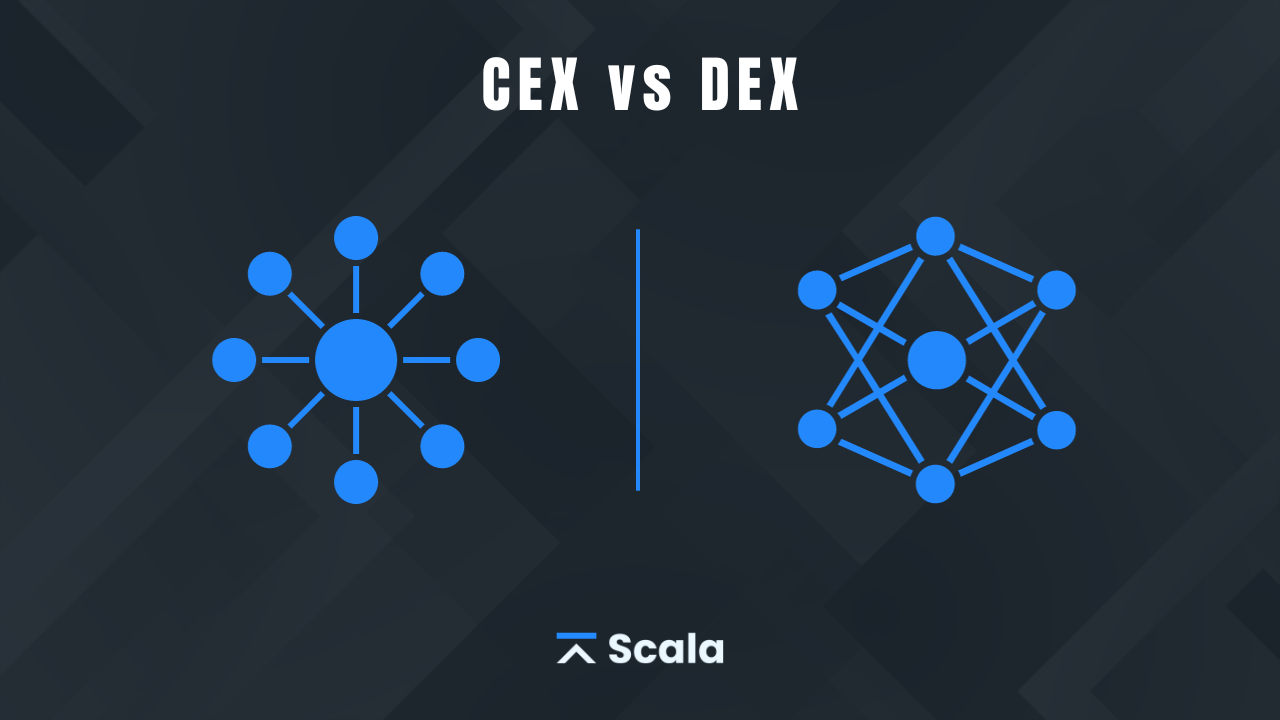
Hey guys, Hayzam here. When I first started Scala (formerly Stellite), I was just 18 years old, fresh out of high school with big dreams and an eagerness to make something that could stand out in the world of blockchain. Fast forward to today—I’m 24 now, and in that time, a lot has changed for me and the team. We’ve all grown older, taken on more responsibilities in our personal and professional lives, and learned a lot along the way. But one thing that hasn’t changed is our passion for Scala and the belief that this project has always been more than just a passing experiment.
From the very beginning, we saw Scala as something special—an opportunity to build cool, innovative solutions for a community of like-minded people who shared our vision. It was never about creating a massive, commercialized blockchain project but more about experimenting and pushing boundaries. In fact, Scala has always been something that brought out the best in us creatively, giving us the freedom to try new things without the pressure of having to meet impossible expectations.
One of the most important things we learned over the years is that the community drives innovation. The requests, suggestions, and even challenges have always inspired us to think bigger and outside the box. However, we were often asked to do things that simply weren’t feasible with the limited resources we had at the time. For example, we wanted to address many community requests, but some ideas, like building more complex integrations or scaling the infrastructure in certain ways, were outside our scope with the tools we had. That said, despite those hurdles, we still achieved every single goal we laid out in the original white paper. It’s a milestone we’re extremely proud of.
With all those goals checked off, we feel it’s the right time to move on to something new, better, and more exciting. We’re not just leaving Scala behind—in fact, quite the opposite. We want to evolve it into its next phase, one that reflects where both the technology and the community are heading.
The Road Ahead
Bridge
The first big step in this evolution is something the community has been asking for repeatedly: a bridge to an ETH-based chain. We know this has been a long time coming, and we think it’s the perfect place to kick off our renewed efforts. Not only does it give us a solid foundation for bringing the team back together, but it’s also a great opportunity to re-engage the community after a bit of a hiatus. This bridge will open up a lot of possibilities in terms of functionality, enabling Scala to interact with the broader Ethereum ecosystem and offering users more flexibility in how they use and interact with the project.
Diardi 2.0
However, the bridge is just the beginning. We’ve got much bigger plans on the horizon, and we’re particularly excited about what’s next: a complete revamp of Diardi. For those unfamiliar, Diardi has always been one of the core pieces of our infrastructure, but we want to take it to the next level. In this new version, the nodes will play a much more significant role. They will enable peer-to-peer communication—think of it as core networking technology, similar to how VPNs work, but with the added benefit of decentralization. We’re also planning to integrate IPFS, which will allow for even more decentralized data storage and sharing. The idea here is to build a next-gen mesh network that not only serves the Scala community but could potentially become a much broader utility.
We’re really excited about this concept because it addresses one of the core challenges in today’s decentralized space: how to make truly decentralized networking practical and accessible. A lot of projects out there have tried and failed to create decentralized VPNs and similar systems. They often fall short of actually delivering on their promises (remember how Electroneum claimed mobile mining when it was mostly just a gimmick?). But one thing we’ve always done at Scala is take on those beaten-to-death ideas and actually solve them—just like we did with mobile mining when others were faking it. That same energy is what we’re bringing to Diardi 2.0.
Staking?
We’re slightly warming up to the idea of introducing a form of staked consensus along with the PoW system we’ve always relied on. While Proof of Work has been the backbone of Scala’s security and decentralization, we recognize the growing demand for hybrid models that incorporate both PoW and staking mechanisms. The potential for staking lies in offering the community another way to contribute to network security and participate in governance, without solely relying on computational power.
With staking, users can lock up a portion of their Scala tokens as collateral, effectively helping to validate transactions and secure the network in a more energy-efficient manner. This could offer several benefits: first, it allows more community members to get involved in maintaining the network without needing specialized hardware. Second, it can help further decentralize the project, ensuring that more people have a say in its direction. Lastly, staking provides an incentive for long-term holding, fostering greater stability in the token’s ecosystem.
However, we’re still cautious about implementing this. We want to ensure that any staking mechanism we introduce doesn’t compromise the integrity of Scala’s PoW system or shift too much power to large holders. Our aim is to strike a balance where both miners and stakers have a meaningful role in the network, creating a synergy between energy-intensive security and more scalable, community-driven governance.
We’re exploring various consensus models and analyzing how other projects have successfully integrated staking with PoW to avoid pitfalls. As always, our focus will be on maintaining the decentralization and inclusivity that have defined Scala from the start, while ensuring that any new features, like staking, align with the needs and values of our community.
Looking Forward
We’re not just looking at the technical side of things either. One of our main goals with this new version of Diardi is to ensure it’s scalable (pun intended). Scalability in blockchain has always been a tricky issue, but we believe that by focusing on the right technologies and integrating systems like IPFS and peer-to-peer networking, we can build something that’s not only highly functional but also sustainable in the long term.
Another major focus is decentralization. This has been a core principle for us from day one, but we want to take it even further. We’re aiming to make Diardi not just a decentralized service but something that truly empowers its users by putting more control in their hands. The idea is to give the community the tools they need to create their own peer-to-peer networks, share data securely, and participate in a decentralized ecosystem that’s both robust and scalable.
We know these are ambitious goals, but we’ve always thrived on challenges. Scala has always been about pushing the boundaries of what’s possible with limited resources and a dedicated team. We’re excited about this next chapter, and we can’t wait to share more details with you as we move forward.
To sum it all up, while the last few months may have seemed quiet, we’ve been working behind the scenes, planning, and setting the stage for some truly groundbreaking developments. The future of Scala is brighter than ever, and we can’t wait to take this journey with all of you.
Roadmap?
So let’s sum up what we’re planning:
- Move to new, better, infrastructure to support our new projects. We are preparing a hugely technical blog post regarding the move.
- Build a bridge to Ethereum
- Diardi 2.0: Work on this is scattered at the moment, bringing it all together now into a coherent vision would be the first thing we need to do, more news will follow on that soon.
- Staking: We believe it could complement our PoW ecosystem



